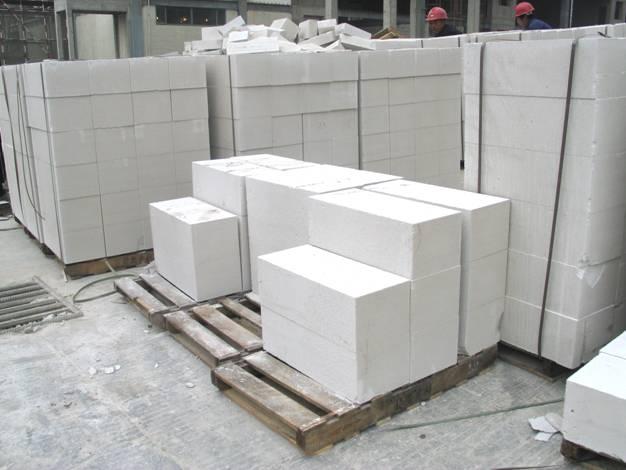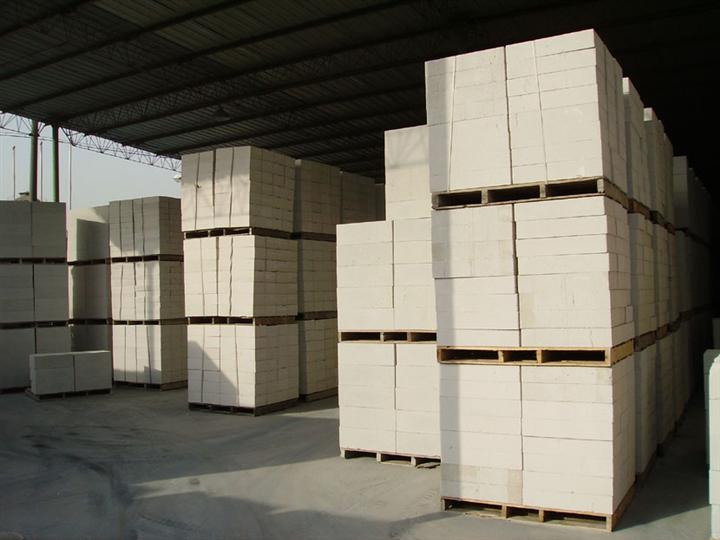What is AAC?
Autoclaved Aerated Concrete (AAC), also known as Autoclaved Cellular Concrete (ACC) or
Autoclaved Lightweight Concrete (ALC),was invented in the mid1920s by the Swedish architect
and inventor Johan Axel Eriksson. It is a lightweight, precast building material that simultaneously
provides structure, insulation, and fire and mold resistance. AAC products include Blocks, and
Wall panels.It has been refined into a highly thermally insulating concrete-based material
used for both internal and external construction. Besides AAC’s insulating capability,
one of its advantages in construction is its quick and easy installation, for the material can be
routed, sanded, and cut to size on site using standard carbon steel band-saws, hand saws,
and drills. Even though regular cement mortar can be used, 98% of the buildings erected
with AAC materials use thin bed mortar, which comes to deployment in a thickness of ⅛ inch.
This varies according to national building codes and creates solid and compact building members.
AAC material can be coated with a stucco compound or plaster against the elements.
Siding materials such as brick or vinyl siding can also be used to cover the outside of AAC
materials.

AAC History
AAC has been produced for more than 70 years, and it offers advantages over other
cementitious construction materials, one of the most important being its lower environmental
impact.The material was perfected in the mid-1920s by Dr. Johan Axel Eriksson,
an architect working with Professor Henrik Kreüger at the Royal Institute of Technology.
It went into production in Sweden in 1929 in a factory in Hällabrottet and became very popular.
In the 1940s, the trade mark Ytong was introduced, but it was often referred to as “blue
concrete” in Sweden due to its blueish tinge. This version of Ytong was produced from alum
slate, whose combustible carbon content made it beneficial to use in the production process.
The competing concrete brand Siporex produced in Tuzla, Bosnia, used other raw materials.
“Ytong” acquired Siporex and now-days produces “Siporex” under “Ytong”brand in
Tuzla, Bosnia factory. However, the slate deposits used for Ytong also contain uranium,
which makes the material give off small amounts of radioactive radon gas to the surrounding air.
In 1972, the Swedish Radiation Safety Authority pointed out the unsuitability of a radon-emitting construction material, and the use of alum slate in the production of Ytong ceased
in 1975. Ytong produced after 1975 has used raw materials without the uranium content.

Welcome to Zhengzhou YUFENG Machinery Company.If you want to more AAC information,
Please give us the message, we will reply as soon as possible.
|

 Technology Dept.
Technology Dept.  Agent Service
Agent Service 


